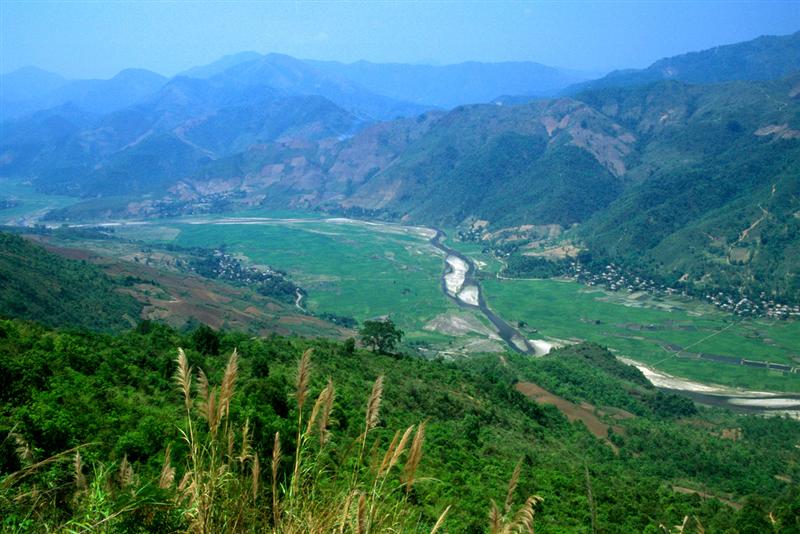Tailor Made Holidays with our travel experts
We'll do our best to call you within 48h

Dien Bien Phu was originally called Muong Then – Heaven World in Thai language. This place is ancestral land of some Thai groups in Southeast Asia. Dien Bien Phu is well known for the events there during the First Indochina War, the Battle of Dien Bien Phu, in 1954. The battle was finished with a glorious victory of Viet Minh force over the French expedition troops. This victory played single most important role in bringing to an end of the French colonialism in Indochina. The Dien Bien Phu battle was remembered as "the first time that a non-European colonial independence movement had evolved through all the stages from guerrilla bands to a conventionally organized and equipped army able to defeat a modern Western occupier in pitched battle." It became the inspiration for the other colonial people over the world to liberate themselves from colonialism in the second half of the 20th century.
Recently, Dien Bien Phu has begun to expand rapidly and soon become a key city in northwest Vietnam.
The major attraction is the former battlefield, its associated museum and relicts, and more recently, the largest statue in Vietnam erected to commemorate the 50th anniversary of the victory. However, for the adventurous visitor, it is an attractive centre for majestic scenery and an access point for encounters with Lai Chau Province's wide variety of ethnic minority groups that have hardly been touched by tourism.
The area is home to Red, White and Flower H'mong and Dzao ethnic minority communities. Those that have the good fortune to arrive on Sunday morning will find a wholly authentic local market. Tam Duong has even more colourful ethnic minority communities – White and Flower H'mong, Dao Khau, Giay and White and Black Thai peoples.
A road journey from Dien Bien Phu to Sapa will take through some of the best scenery in Vietnam. Nevertheless, rough roads, very basic hotels and few amenities deter the tourists and leave the forests, waterfalls, terraces and the many minority villages in a pristine state waiting for the serious travelers.